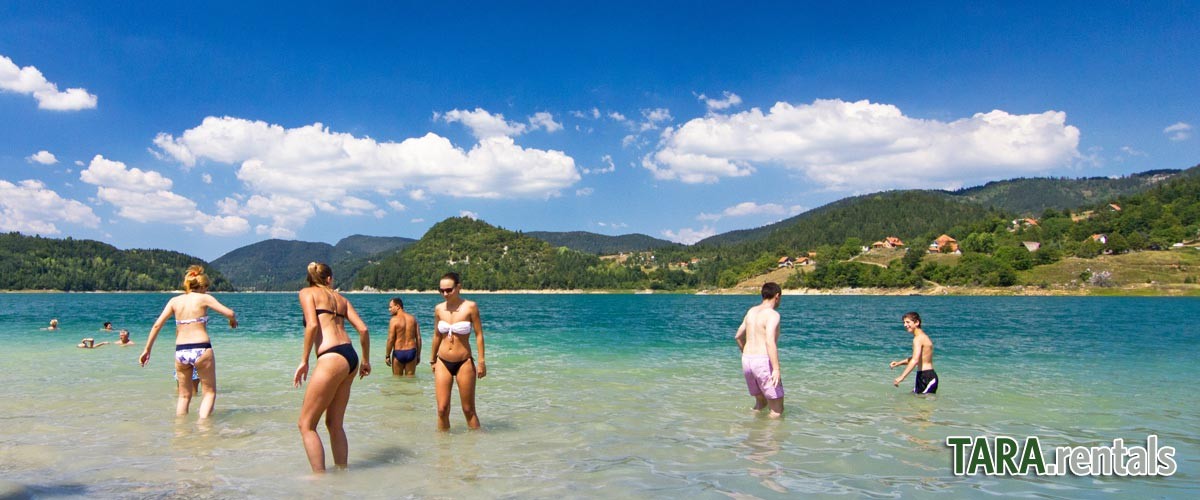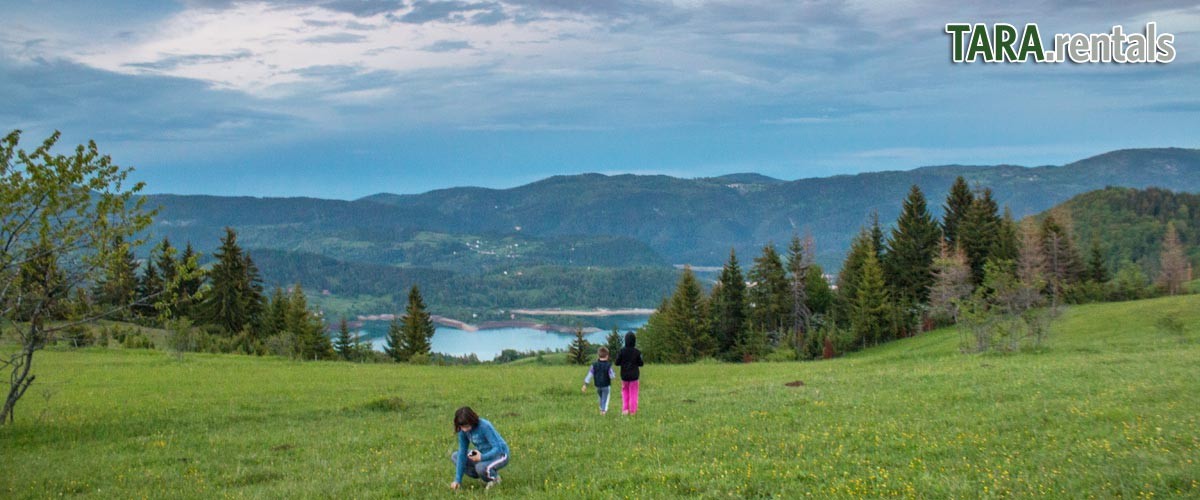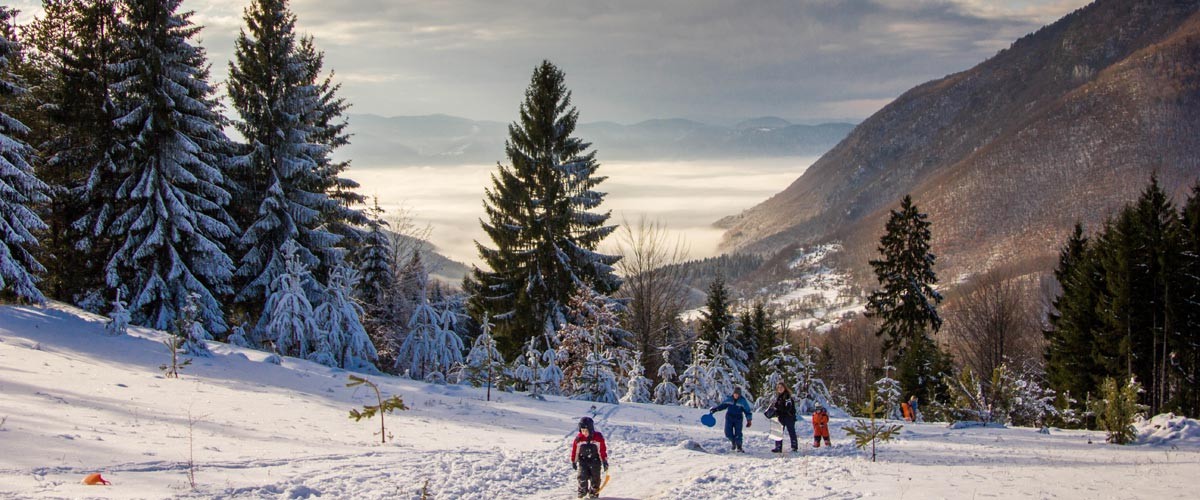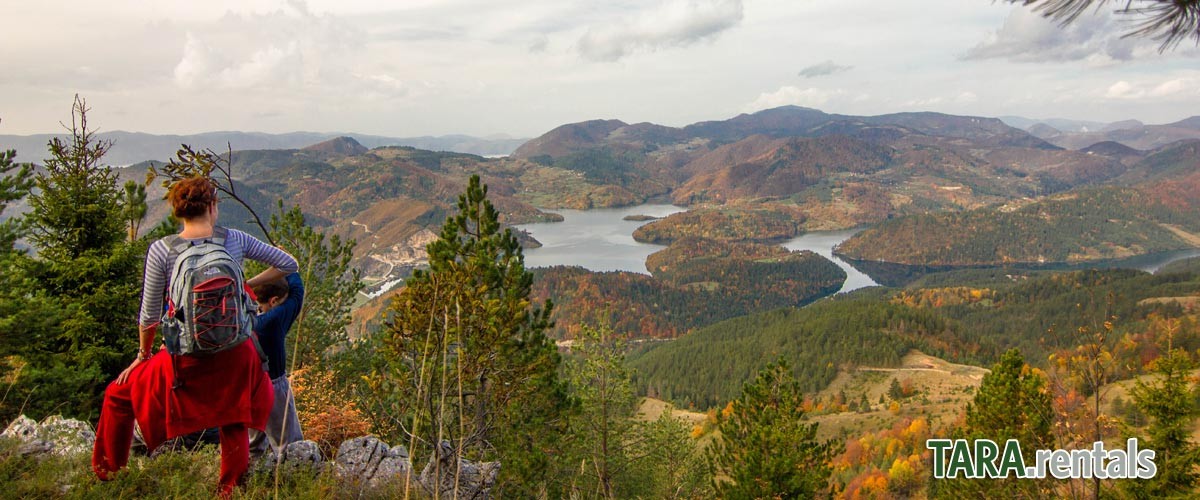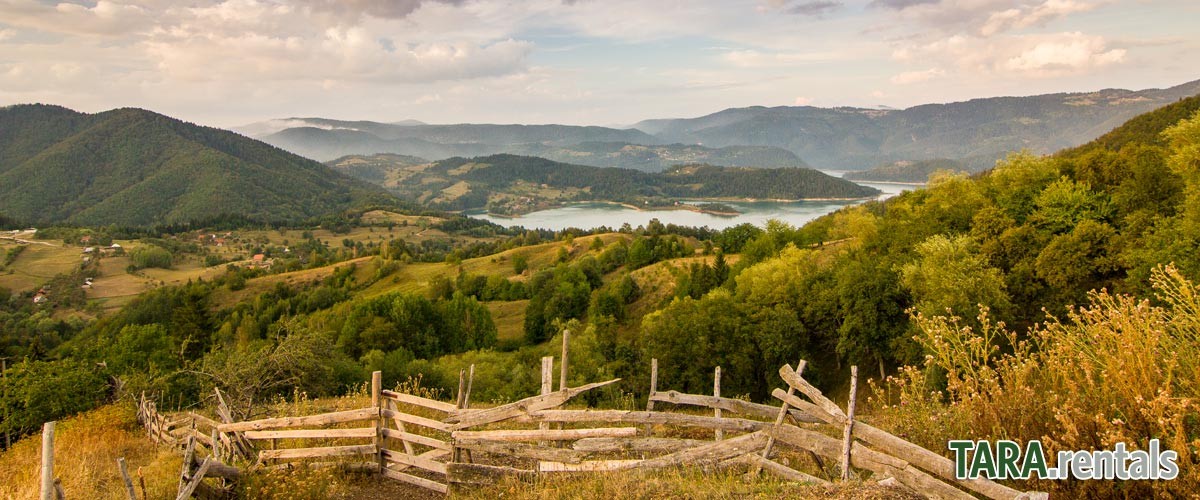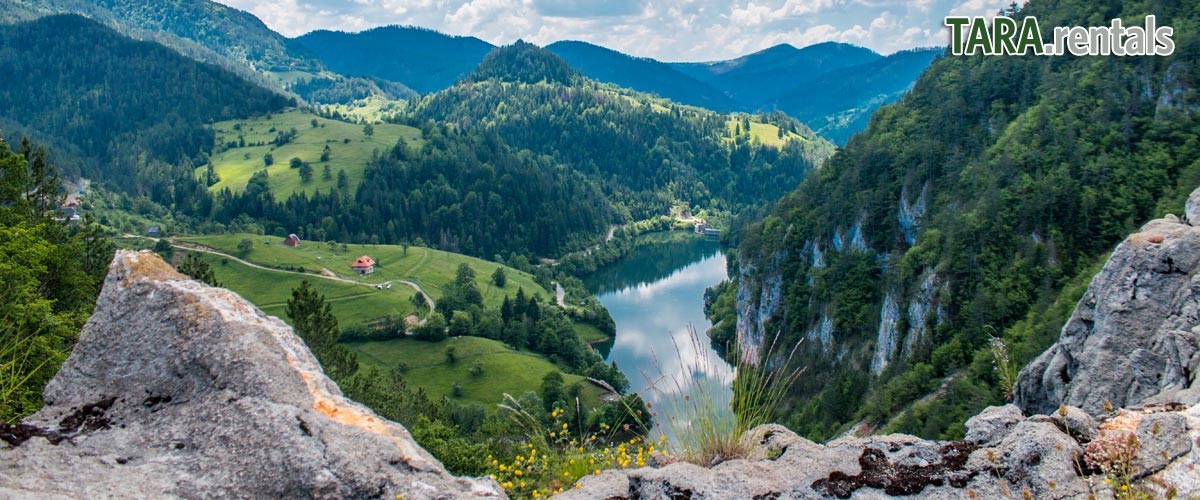Skip to content
Zaovine is located in western Serbia at the municipality of Bajina Bašta. Village Zaovine is made of 28 smaller villages on mountainous terrain covered with forest. There is lake Zaovine and canyon of white Rzav called „Sklopovi“.
It is in the southern part of Tara called the flat Tara. Geologically it is natural connection between Tara and Zlatibor and Mokra Gora valley. Its minimal elevation is 784 m and maximal is 1.412 m (peak Miloševac) It covers area of 5.593,61 ha.
Zaovine is famous as the place where in village Đurići in 1875. famous biologist Josif Pančić discovered new kind of tree which gets name Pančić spruce (Picea omorika).
Zaovine is the only place on which Pančić spruce can be found on serpentines. On location Kik – Sklopovi is its locus classicus
– Geological attraction in the valley of river White Rzav, in Luke: Grad, with ruins of medieval fortress. There is a legend about the ruler of this fortress and his unfaithful wife.
– Crkvine at the foot of Grad and remains of medieval church.
– Observation decks (Zmajevac, Bela Voda and Gavran);
Parts of cultural heritage of this area are the objects of ethnic architecture which witness architectural skills of people of this area: log cottages of stari vlah and other objects of a house hold; these objects were used by shepherds during summer;
Stock farming has long tradition in these parts – milk, cheese, meat and kajmak made here are the goods oh the best quality on domestic market.
Zaovine are ideal place for water sports, fishing, orientation, eating in nature…
Zaovine about 50 % of all Tara flora or 15% of Serbian flora can be found in Zaovine. So far about 600 plant species have been recorded in this area.
– Of that number 55 is on the red list of Serbian flora
– Among 330 Serbian plant species having international value 25 of them can be found in Zaovine.
– In the area of Zaovine 15 plant species are protected as natural rarities. For example: runolist (Leontopodium alpinum), and subendemith Nikolić columbine, Pančić field spurge, and representatives of Orchidaceae family that are in process of gaining state protection.
– 14 species are protected by CITES convention, which prevents over exhaustion of plant and animal life through international trade.


 Srpski
Srpski